In the realm of art, few genres stir as much debate as abstract art. Its unconventional forms, vibrant colors, and often bewildering compositions can provoke both admiration and skepticism. In Australia, this art form continues to spark controversy, challenging traditional perceptions and prompting questions about its place within the art world. This article delves into why abstract art remains contentious in Australia, considering economic, cultural, and industry-specific factors.
The Economic Impact of Abstract Art in Australia
Abstract art's influence extends beyond the canvas into the economic landscape. According to the Australian Bureau of Statistics, the arts and cultural sector contributed approximately AUD 111.7 billion to the economy in 2022. However, abstract art occupies a niche within this sector, often commanding prices that can fluctuate dramatically based on market trends and consumer sentiment.
For investment bankers, the volatility of abstract art presents both opportunities and risks. Unlike traditional investments, abstract art lacks clear metrics for valuation, making it a speculative venture. Yet, as noted by Deloitte’s 2023 Art and Finance Report, art investments, including abstract pieces, can yield impressive returns, particularly in diversified portfolios.
Cultural Context: Australia’s Art Scene
Australia's art scene is both vibrant and diverse, reflecting its multicultural society. However, abstract art often finds itself at the center of cultural debates. Many Australians value art that tells a story or captures a recognizable subject, which can be at odds with abstract art’s emphasis on personal interpretation and emotional resonance.
Historically, Australia has celebrated realism and landscape art, with iconic artists like Sidney Nolan and Arthur Streeton shaping public taste. Abstract art, by contrast, challenges these norms, leading to discussions about its cultural relevance and place in national galleries.
Case Study: The Controversy Surrounding the National Gallery of Australia’s Abstract Collection
The National Gallery of Australia (NGA) has a significant collection of abstract art that has sparked debate. Critics argue that the gallery’s emphasis on abstract pieces alienates traditional art lovers and diverts funds from more accessible art forms. Supporters, however, see the collection as a vital part of contemporary art appreciation, representing innovation and diversity.
In 2021, the NGA faced backlash after acquiring a prominent abstract piece for AUD 1.5 million. Critics questioned the expenditure, suggesting the funds could have supported emerging Australian artists. The NGA defended its decision by highlighting the piece's potential to attract international attention and enhance the gallery’s prestige.
Regulatory Insights: Tax Benefits and Art Investment
Investment in art, including abstract pieces, can offer significant tax benefits in Australia. The Australian Taxation Office (ATO) allows art investments to be categorized under self-managed super funds (SMSFs), potentially offering tax advantages. However, the ATO requires that these artworks be displayed in a manner that complies with strict regulations, such as being in a business premises rather than a personal space.
For investment bankers, understanding these regulations is crucial. The potential for tax benefits, coupled with art’s appreciation potential, makes abstract art an intriguing, albeit complex, investment vehicle.
Common Myths & Mistakes in Abstract Art Investment
- Myth: "Abstract art has no inherent value." Reality: Abstract art’s value often lies in its historical context, provenance, and the artist’s reputation, similar to traditional art forms.
- Myth: "All abstract art is overpriced." Reality: While some pieces command high prices, many abstract works are accessible, offering entry points for new collectors.
- Myth: "Investing in abstract art is only for the wealthy." Reality: Art funds and fractional ownership models allow broader access to art investment.
Future Trends: The Evolving Landscape of Abstract Art in Australia
Looking ahead, the role of technology will become increasingly prominent in abstract art. Digital platforms are expanding access to art markets, while NFTs (non-fungible tokens) are transforming how art is bought and sold. According to a 2023 report by PwC, the global NFT art market could reach USD 1.5 billion by 2025, with Australia poised to play a significant role.
Furthermore, as younger generations embrace diverse art forms, the appreciation for abstract art is likely to grow. This shift may lead to increased demand, driving both cultural acceptance and economic value.
Conclusion
Abstract art's controversy in Australia is a testament to its complex interplay of culture, economics, and personal taste. For investment bankers, understanding this dynamic is crucial for making informed investment decisions. As the art world evolves, abstract art will continue to challenge conventions, offering both risks and opportunities. Engaging with this art form can provide unique insights into broader cultural and economic trends, making it a valuable asset in diverse portfolios.
People Also Ask
- How does abstract art impact Australia’s economy? Abstract art contributes to Australia's cultural sector, attracting tourism and investment, and offering tax benefits for investors.
- What are the biggest misconceptions about abstract art? Many believe abstract art lacks value or is overpriced, but its worth often lies in provenance and the artist’s reputation.
- What are the best strategies for investing in abstract art? Experts recommend researching the artist’s background, understanding market trends, and considering fractional ownership for diversified investment.
Related Search Queries
- Abstract art investment in Australia
- Contemporary art market trends
- Australian art galleries and exhibitions
- Tax benefits of art investment in Australia
- Future of abstract art in Australia





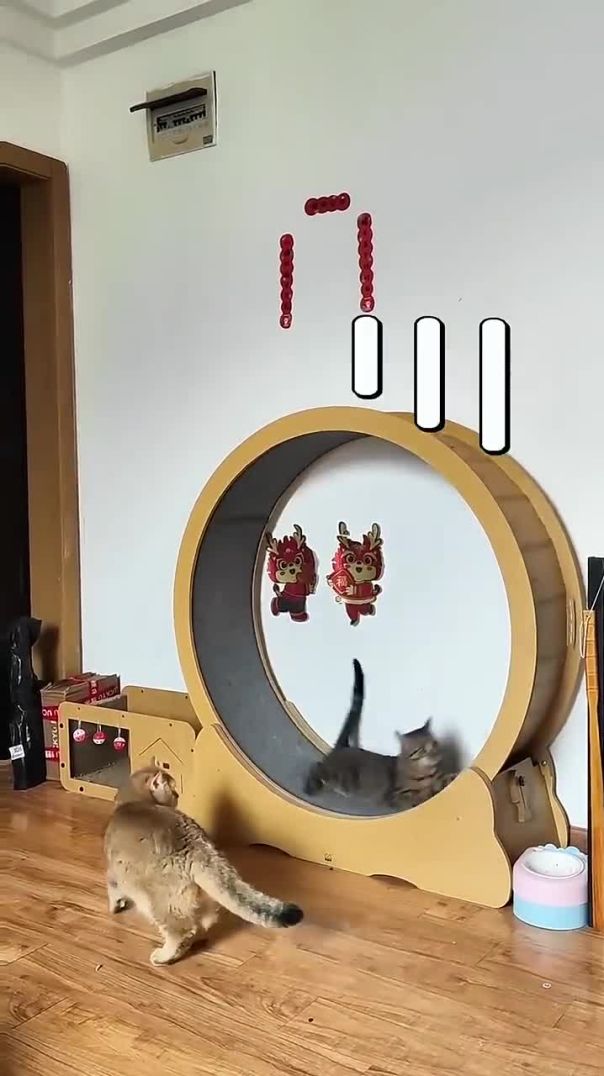





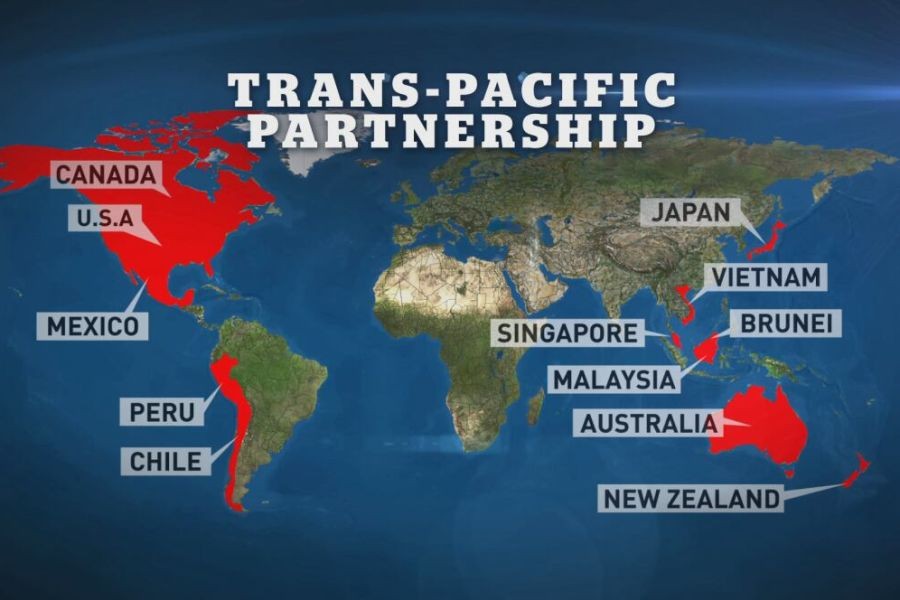

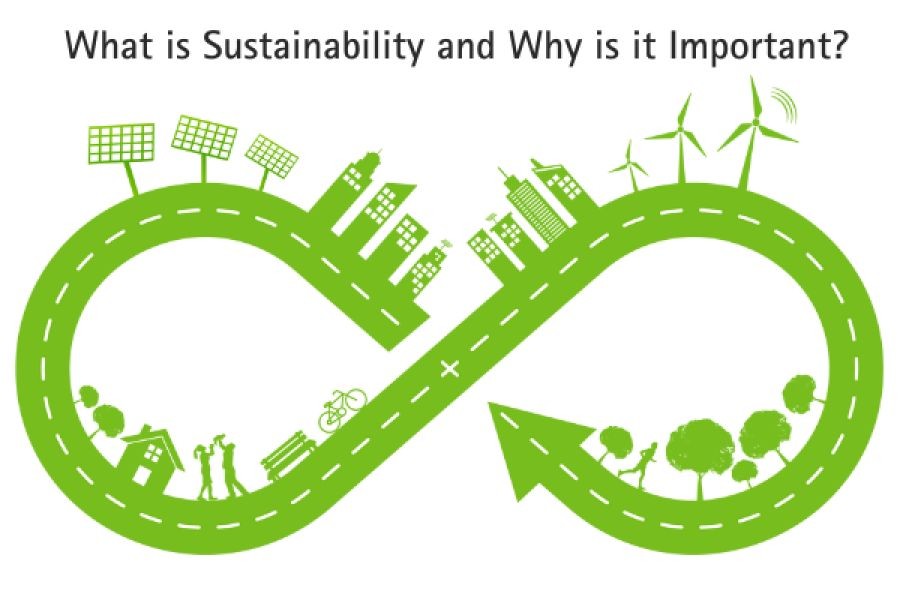



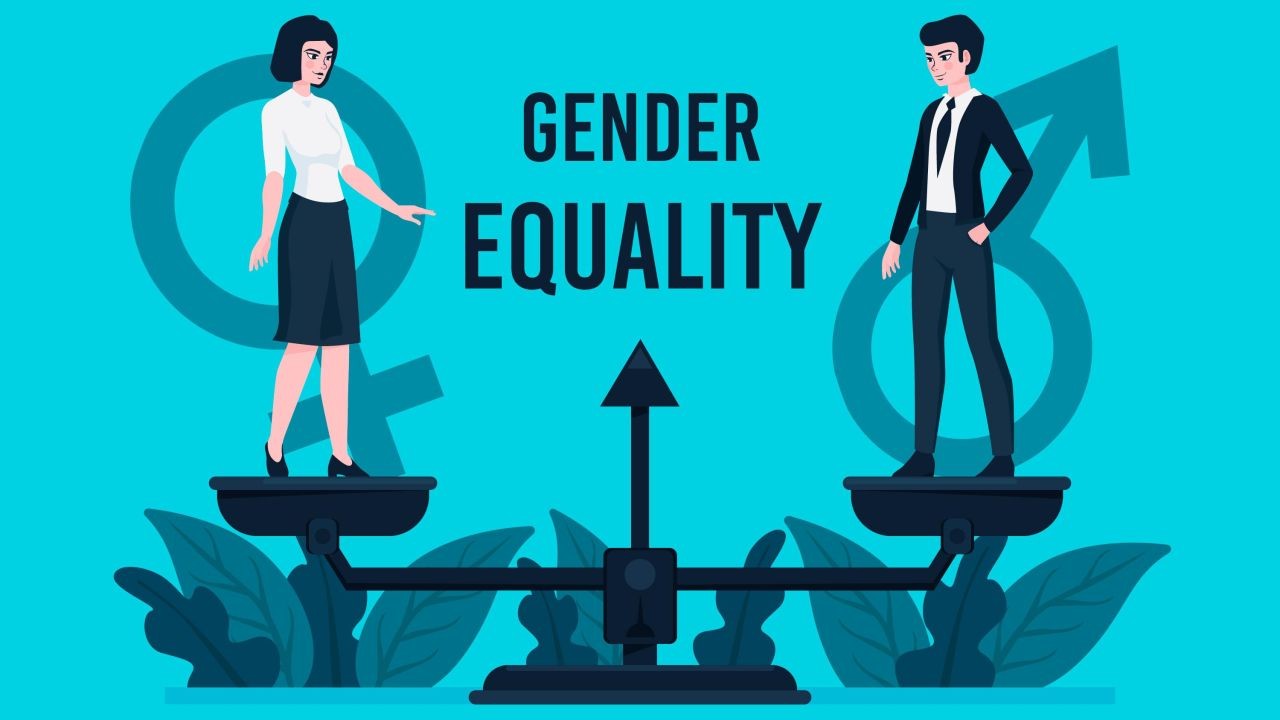
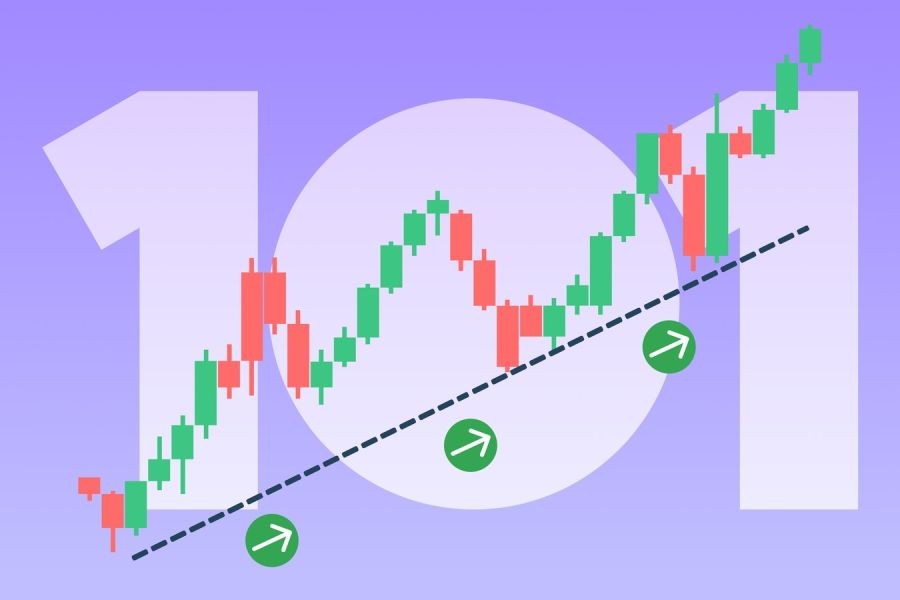
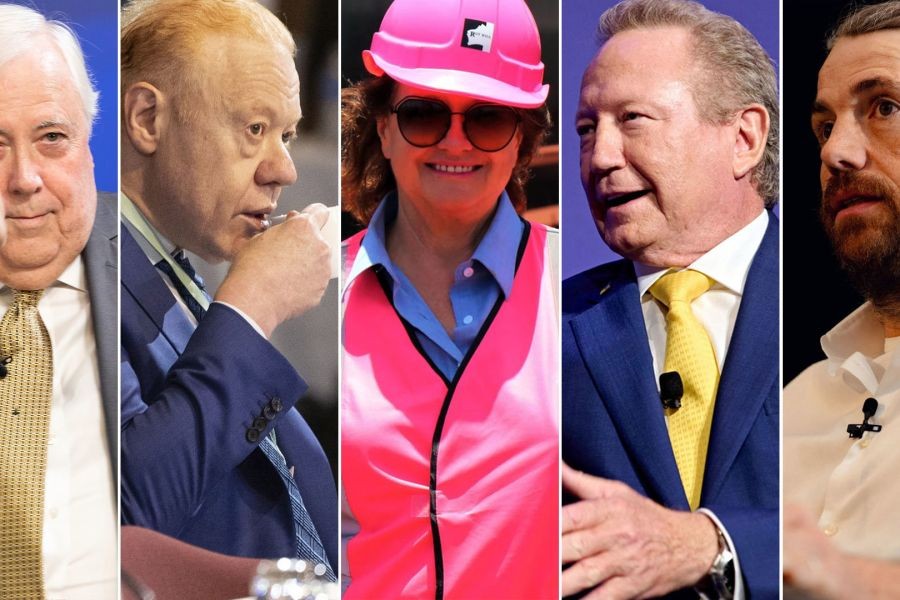
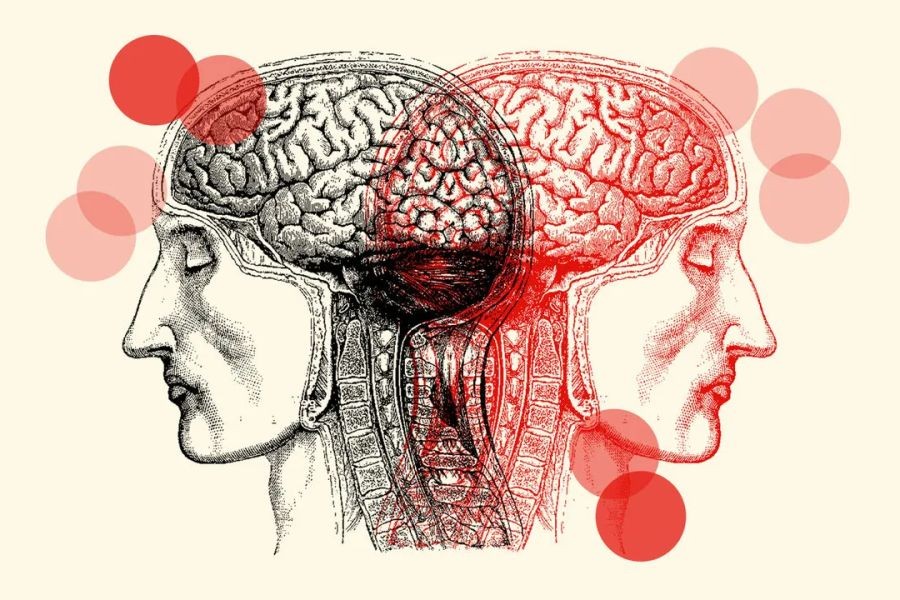

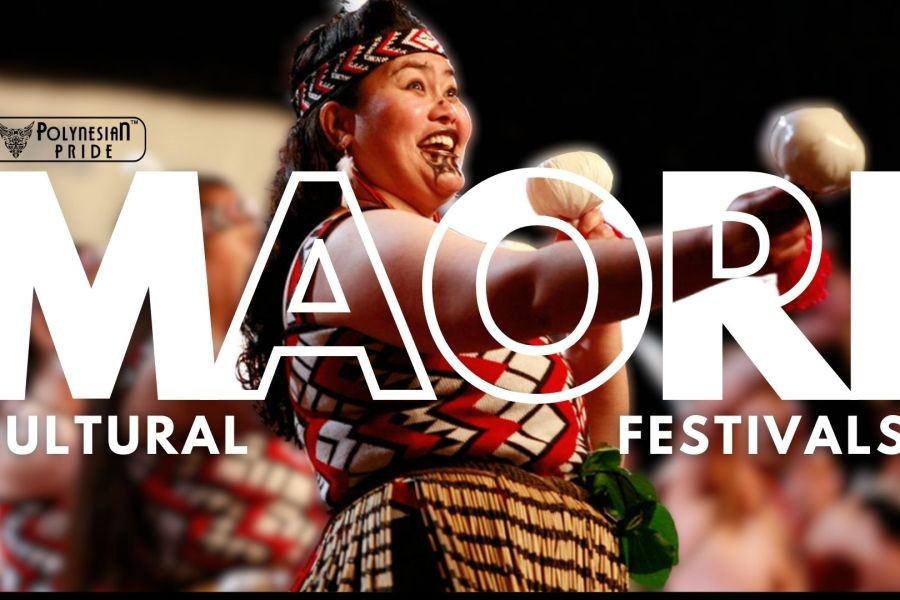
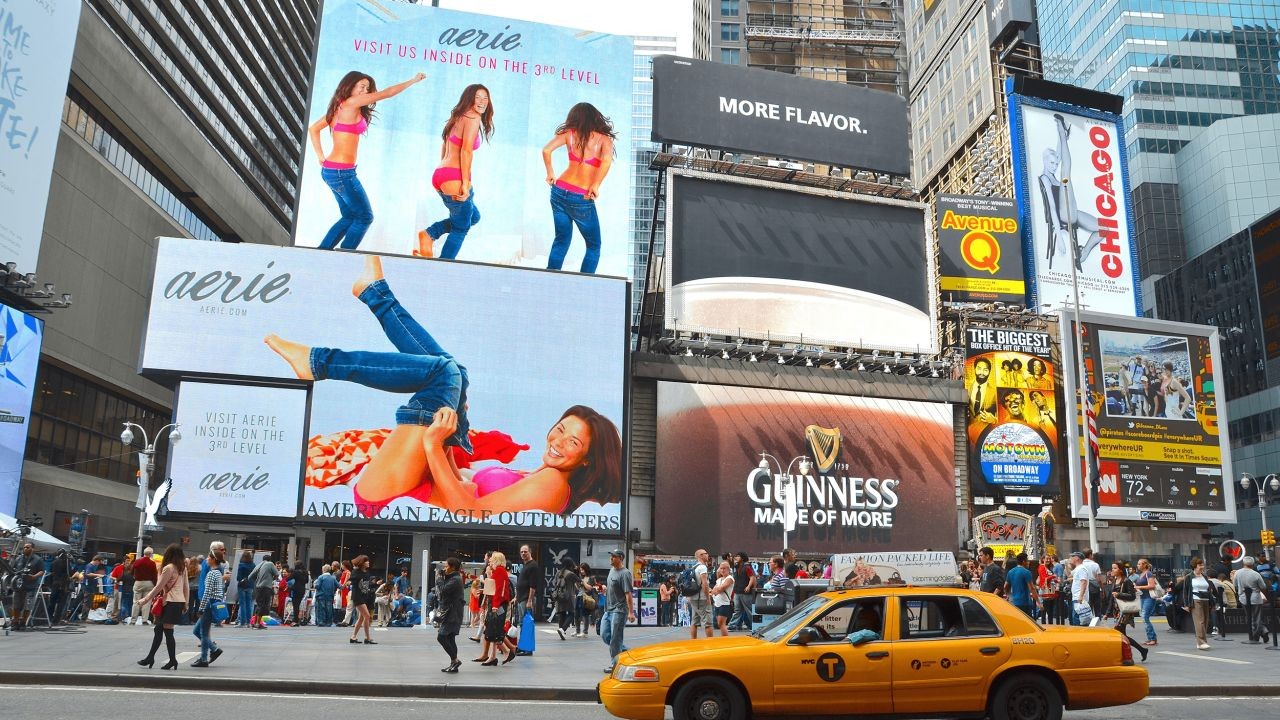





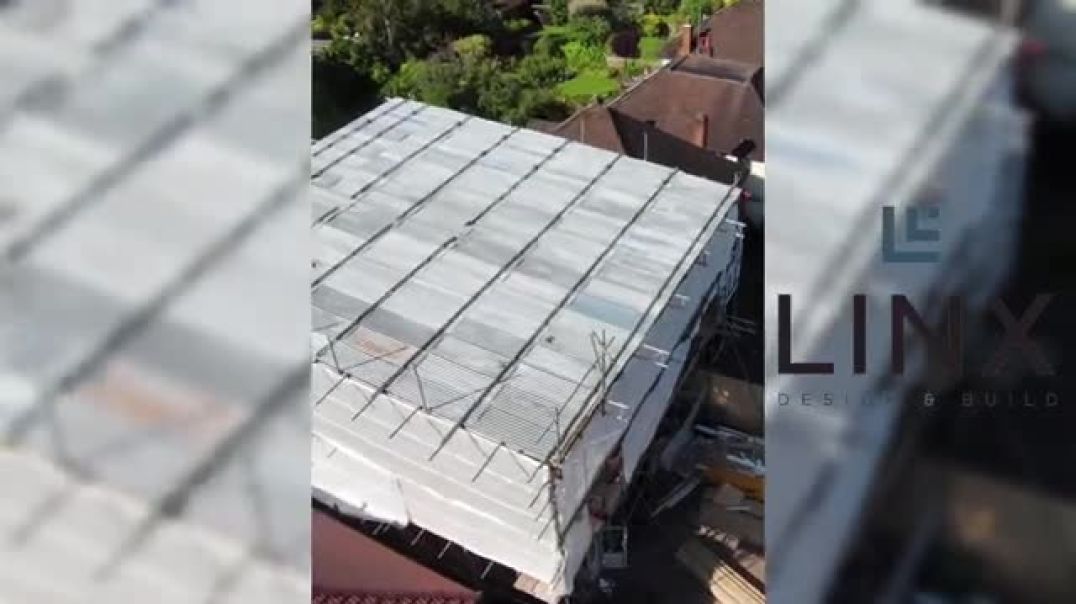



AlphonseBr
2 months ago